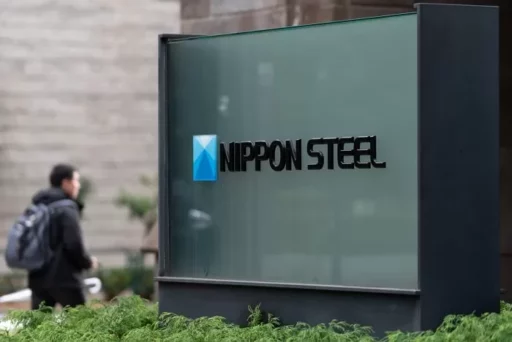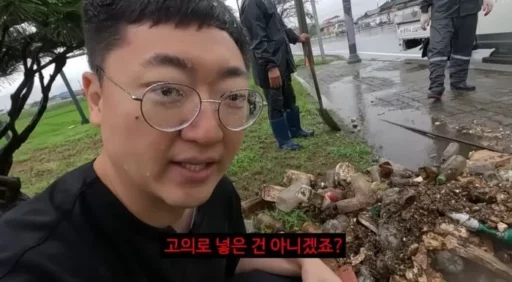Victims’ Families of Forced Labor During Japanese Colonial Rule Receive 100 Million Won in Compensation from Nippon Steel
Families of victims of forced labor during the Japanese colonial period have won a compensation lawsuit against Nippon Steel. As a result of this ruling, the victims' families will receive 100 million won in compensation.
According to the legal community, the civil judge Kim Seung-gon of the Seoul Central District Court ruled in June that "the defendant must pay 100 million won," granting a victory to the plaintiff, the son of the forced labor victim, Mr. A.
A unique aspect of this lawsuit is that the plaintiff's legal representative, who is the grandson of Mr. A, is a sitting judge who took on the case in a private capacity.

According to Article 88 of the Civil Procedure Act, when a single judge hears a case where the value of the lawsuit is below a certain amount, a person with a close family relationship to the parties involved may serve as a legal representative with the court’s permission.
In this case, since the amount claimed was less than 100 million won and the judge representing the plaintiff was related to him within the fourth degree of kinship, it appears that permission to act as a legal representative was granted by the court.
Issues Regarding Statute of Limitations Based on the 2018 Supreme Court Decision
Mr. A, born in 1922, suffered forced labor at a Nippon Steel factory located in Fukuoka Prefecture, Japan, around April 1944 and returned home after liberation.
Mr. A passed away in 2015, and his son filed a lawsuit demanding 100 million won in compensation from Nippon Steel in March 2019.
As with other forced labor-related lawsuits, the statute of limitations has become a major issue in this case.
Nippon Steel argued that the lawsuit was filed three years after the Supreme Court's 2012 ruling that first recognized the claims for compensation by forced labor victims, thereby asserting that the statute of limitations had expired.

According to civil law, claims for damages due to illegal acts expire three years after the victim becomes aware of the damage and the perpetrator.
However, the court determined that the calculation of the statute of limitations should be based on 2018, when the 2012 ruling was affirmed by the Supreme Court en banc through a retrial, rather than the ruling itself. This aligns with the intent of the Supreme Court’s ruling in the "second damages lawsuit" regarding the responsibilities of Japanese companies for forced labor in December 2023.
At that time, the Supreme Court clarified for the first time that until the 2018 en banc decision that recognized the liability of Japanese war criminal companies for damages to forced labor victims, Japanese companies were not allowed to assert completion of the statute of limitations.
Subsequently, lower courts have continued to hand down rulings in line with this principle.
Image Source: Headquarters of Nippon Steel located in Tokyo. / gettyimageskorea, Material photo for better understanding of the article / gettyimagesbank


